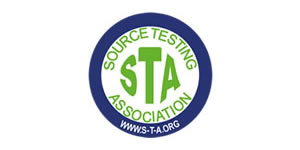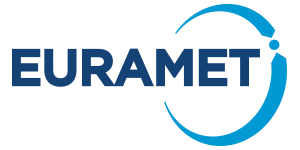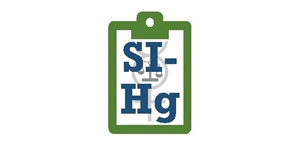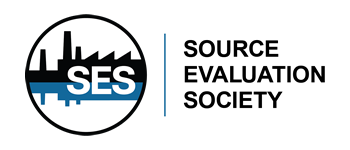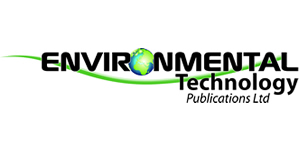| Abstract Title: | Advanced remote sensing solutions accommodating methane emission measurement's needs and challenges |
| Presenter Name: | Mr Gilad Shpitzer |
| Co-authors: | Dr Robert Kagann Dr Yael Etzion |
| Company/Organisation: | Atmosfir Optics |
| Country: | Israel |
Abstract Information :
The annual rate of CH4 emissions around the world are significantly smaller than CO2 emissions. The CH4 concentrations in the atmosphere are about 200 times lower than those of CO2, however, methane accounts for more than 25% of global warming.
It is important to apply representative measurements that will lead to responsible worldwide estimations of CH4 emissions. The Three main anthropogenic sectors of CH4 emissions (agriculture, energy production and waste) are all characterized by:
- Extended (not point sources) and dynamic sources that are time-dependent and heterogeneous.
- Highly related to atmospheric conditions.
- Concentration diversity: The nominal concentration of the emission can vary by three scales of magnitude as a function of time and distance from the source.
- The source contribution to the measured concentration is usually very small compare to the global background concentration.
An Automation of remote sensing technology based on Open-Path FTIR has been selected for the development of the D-fencelineTM system. The gas analysis is based on USEPA method TO-16[1]and ASTM method E1865-97(2013)[2] together with optical remote sensing for emission characterization from non-point source - based on method USEPA OTM-10[3].
The main contributions of the presented automatic multi-spectral analysis technology are to provide real-time validated results as well as very low detection limits in ppb level above the global background of 1860 ppb.
The ability to gain the improved, low detection limit (MDL detection limit) has been achieved by automatically applying the features:
1. Adaptive background 'Spectral averaging'
2. 'Auto Spectral validation'
On top of that, the credibility of the CH4 detection is uniquely tested by the technology in real-time using the “Auto Spectral validation features.
Continuous spatial monitoring with the quality features of flux emissions and source location based on USEPA OTM-10 had been proved to be a significant way to evaluate the methane emissions from a variety of non-point sources. Examples from projects, evaporation ponds storage tanks will be presented.


